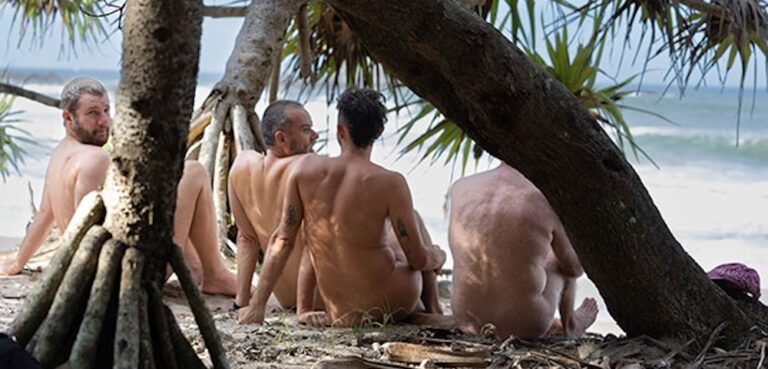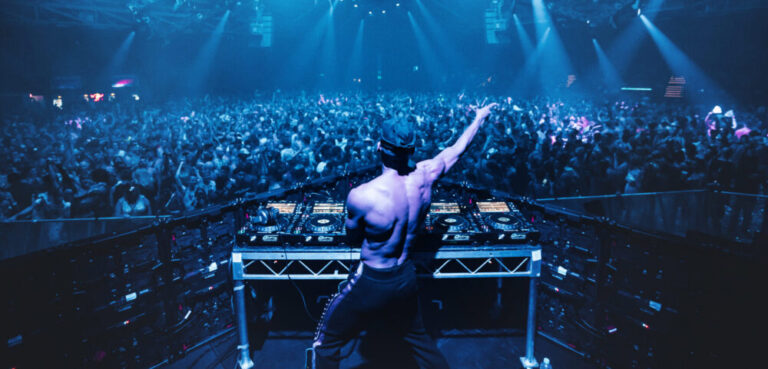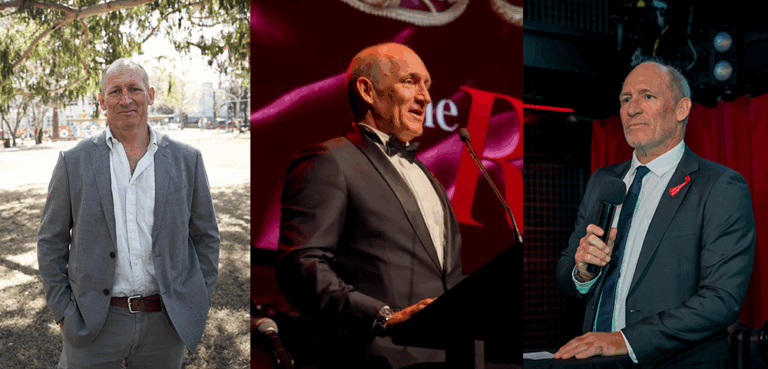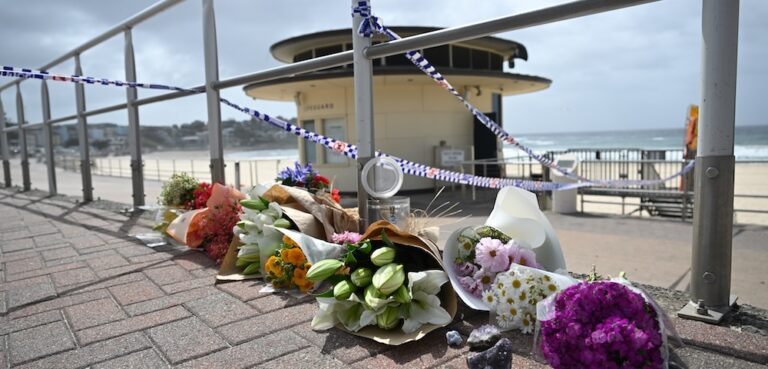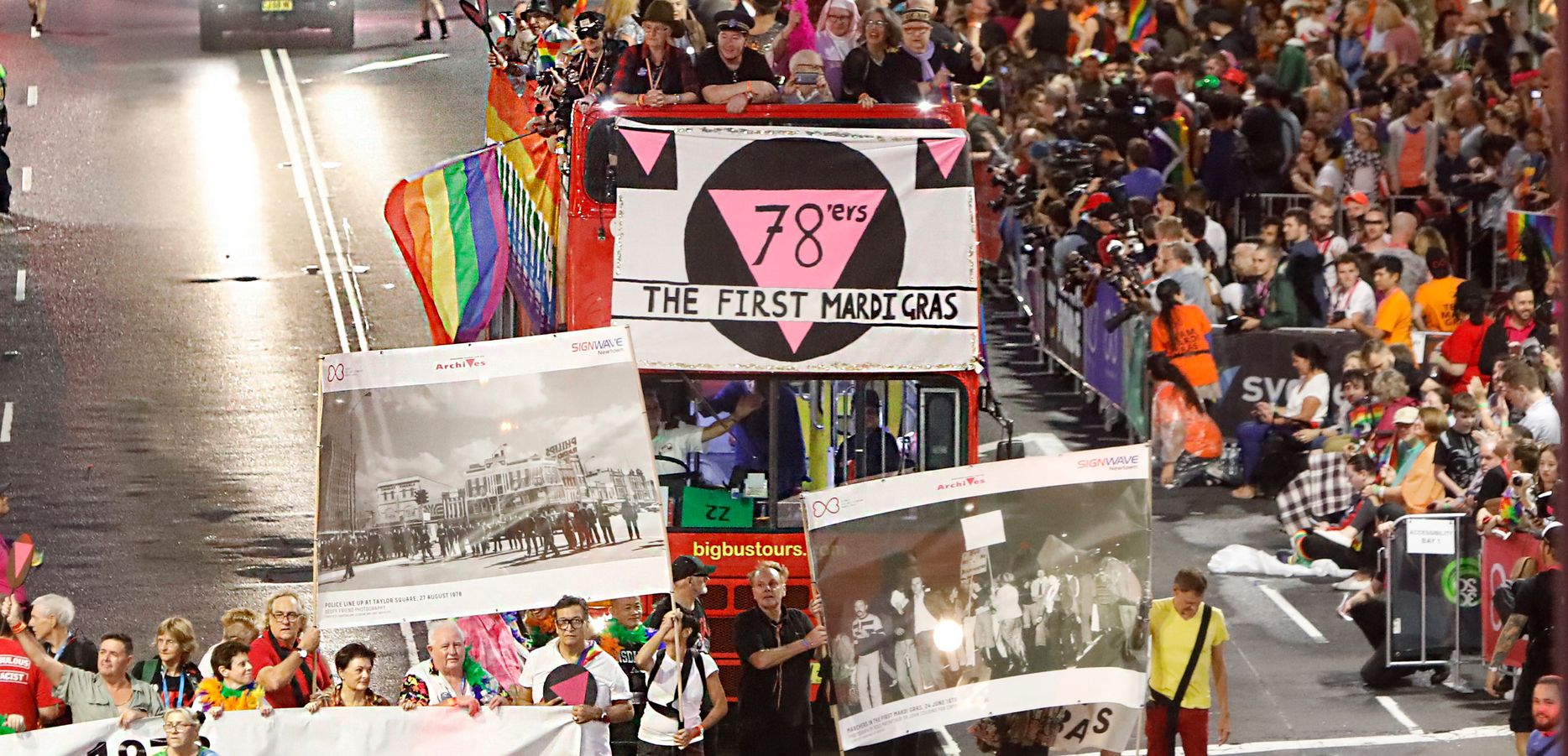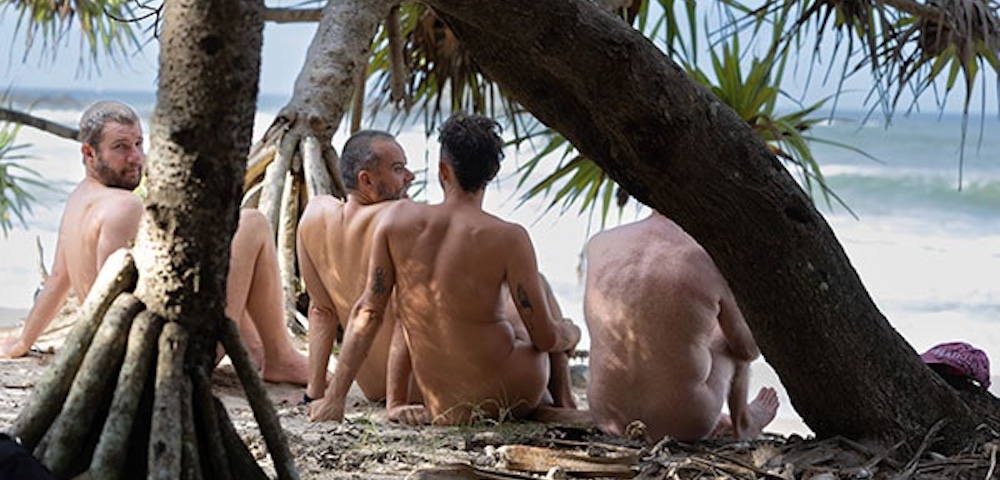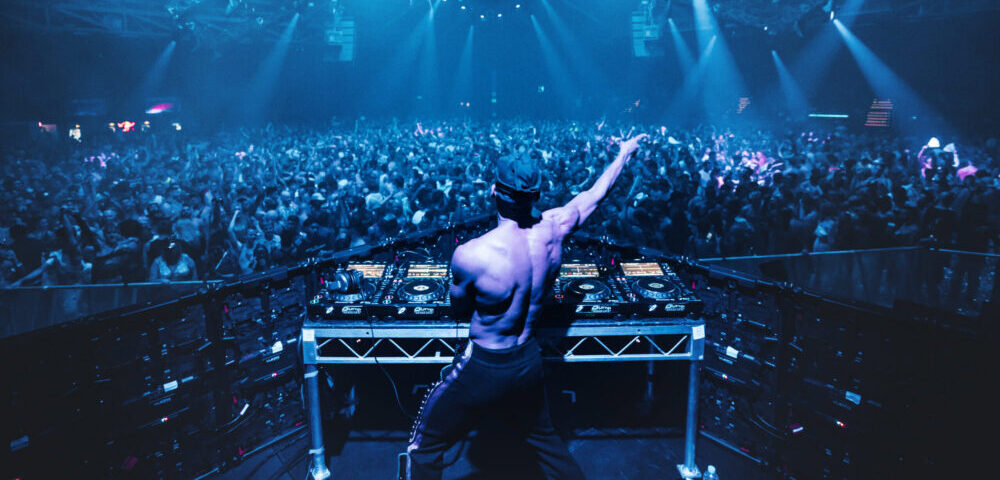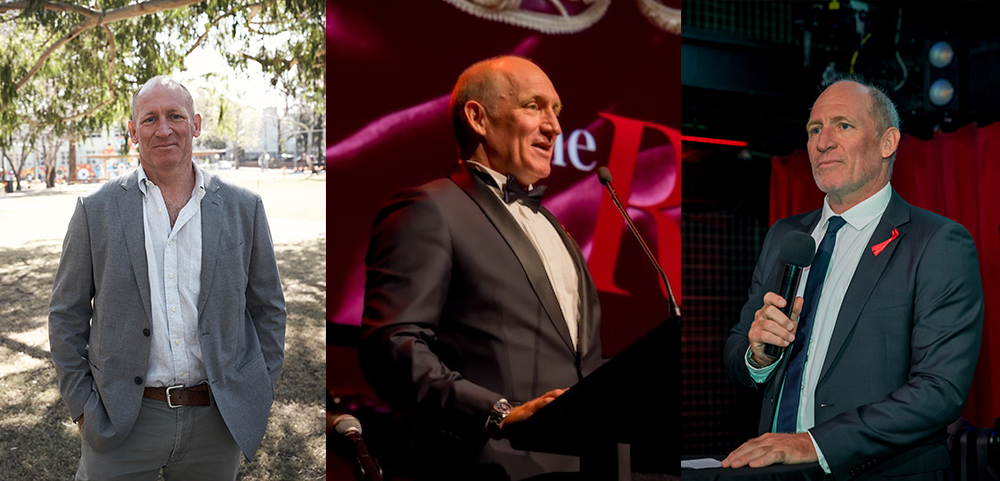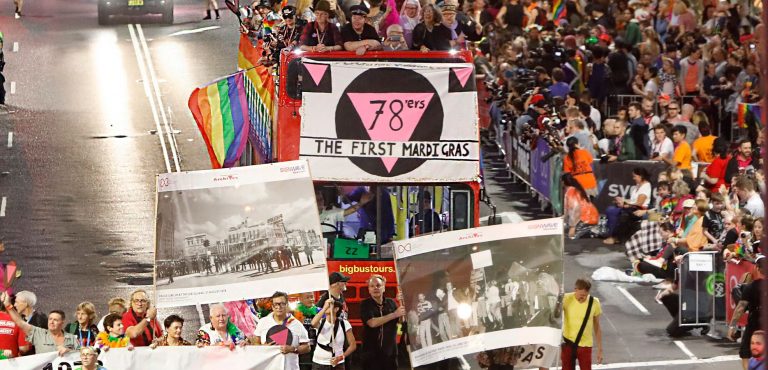
Clubbing and Hearing
Regular over-exposure to loud music can lead to premature hearing loss. It can also cause ringing in the ears which may become permanent, a condition called tinnitus. This week I thought we would take a look at a piece of UK research which looks at how much damage we are doing to our ears when we go out clubbing.
The human ear is a sensitive organ which can detect the tiniest of sounds but it has not been designed to withstand loud noise for long periods. Sustained loud sound causes damage to the tiny hair cells in the inner ear which carry sound to the brain. Once damaged, these hair cells are not replaced. The effect of noise exposure on hearing is cumulative. The amount of damage sustained by an individual’s hearing depends on the total noise energy reaching the ears from a variety of sources, although susceptibility to noise varies markedly from person to person. An increase of only a few decibels has a dramatic effect on the danger to hearing -“ this is because each increase of 3dB represents a doubling of sound energy. Simply put, the risk of damage to hearing is calculated on the basis of how loud and for how long.
As a rule of thumb, if you can’t talk to someone two metres away without shouting, it means the noise level is too loud. A big night out clubbing can mean exposure to levels of sound in excess of 100dB for eight hours or longer -“ that’s causing significant damage.
This piece of research consisted of a covert noise survey of 15 nightclubs around the UK. In order to assess likely worst case noise levels, the survey was carried out between 10pm and 2am on a Friday night, when the loudest music and a high number of customers were anticipated. Noise level readings were taken on the dance floor and chill-out areas in each club. The aim of the survey was to assess the typical noise levels inside nightclubs, comparing distinct areas within and between different clubs and to find the potential exposure for customers.
As expected, noise levels were highest on the dance floor. The measured noise level range on the dance floor areas was between 90 and 110dB (the same noise level as an aircraft taking off). This is consistent with previous nightclub noise surveys. In all of the nightclubs the noise level was slightly lower in the chill-out area, with levels ranging from 81 to 96dB.
So what does this study suggest we do about the situation? Believe it or not, there are simple things individuals can do to protect their hearing while enjoying the clubbing experience: take regular breaks from the dancefloor; stand/dance away from loudspeakers; and wear earplugs. In the US, earplugs have become increasingly popular, particularly among the older clubbers who are starting to feel the effects of over-exposure to loud music. Finally, club owners have been asked to ensure that chill-out areas are provided -“ a place where the noise level is substantially lower (below 80dB).
